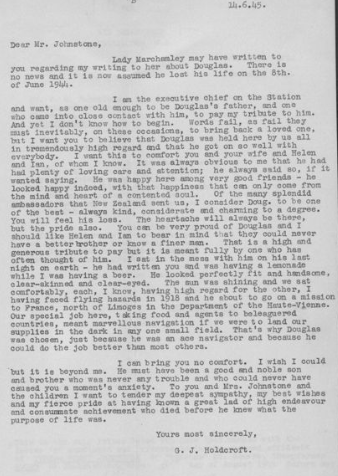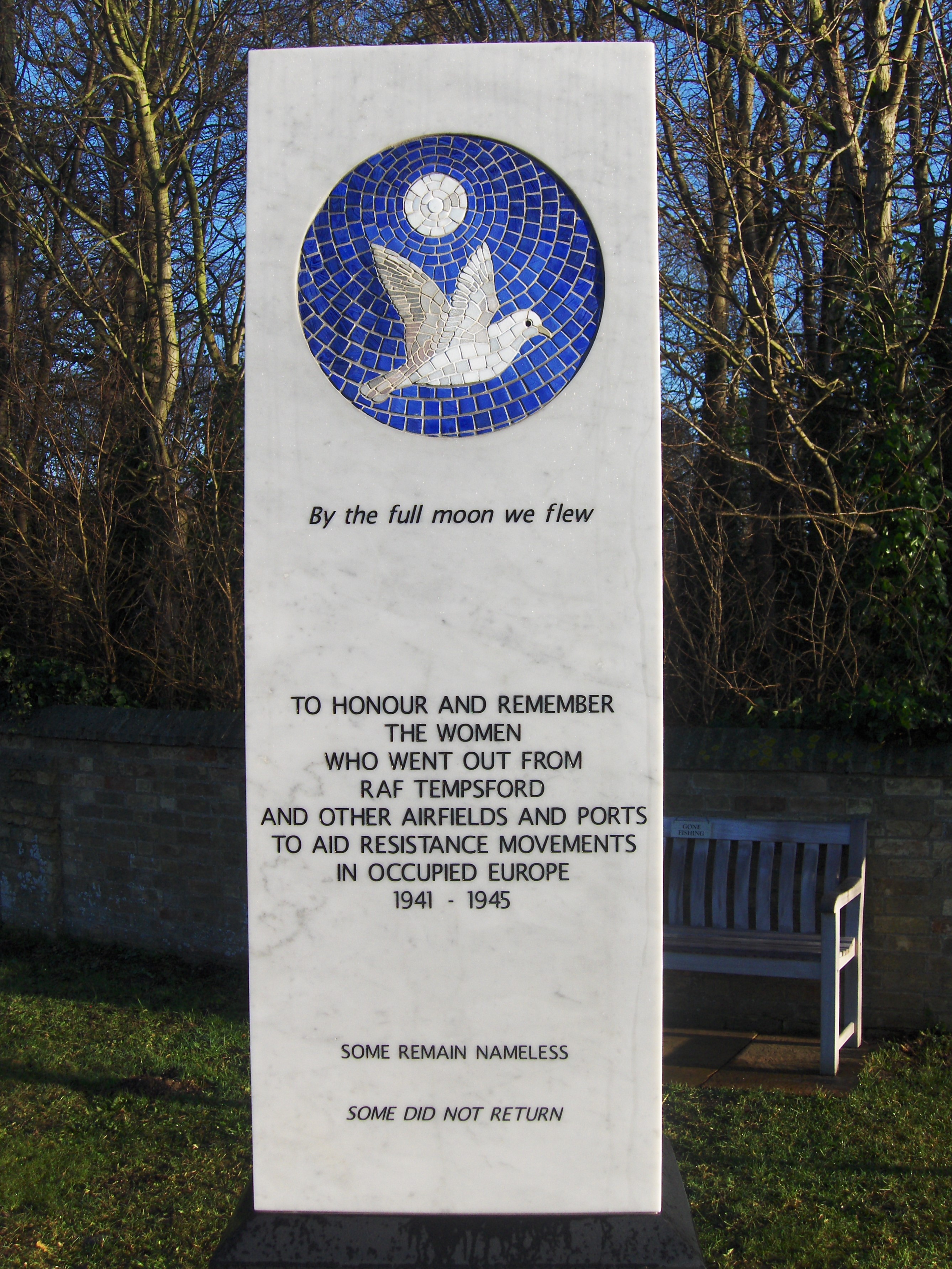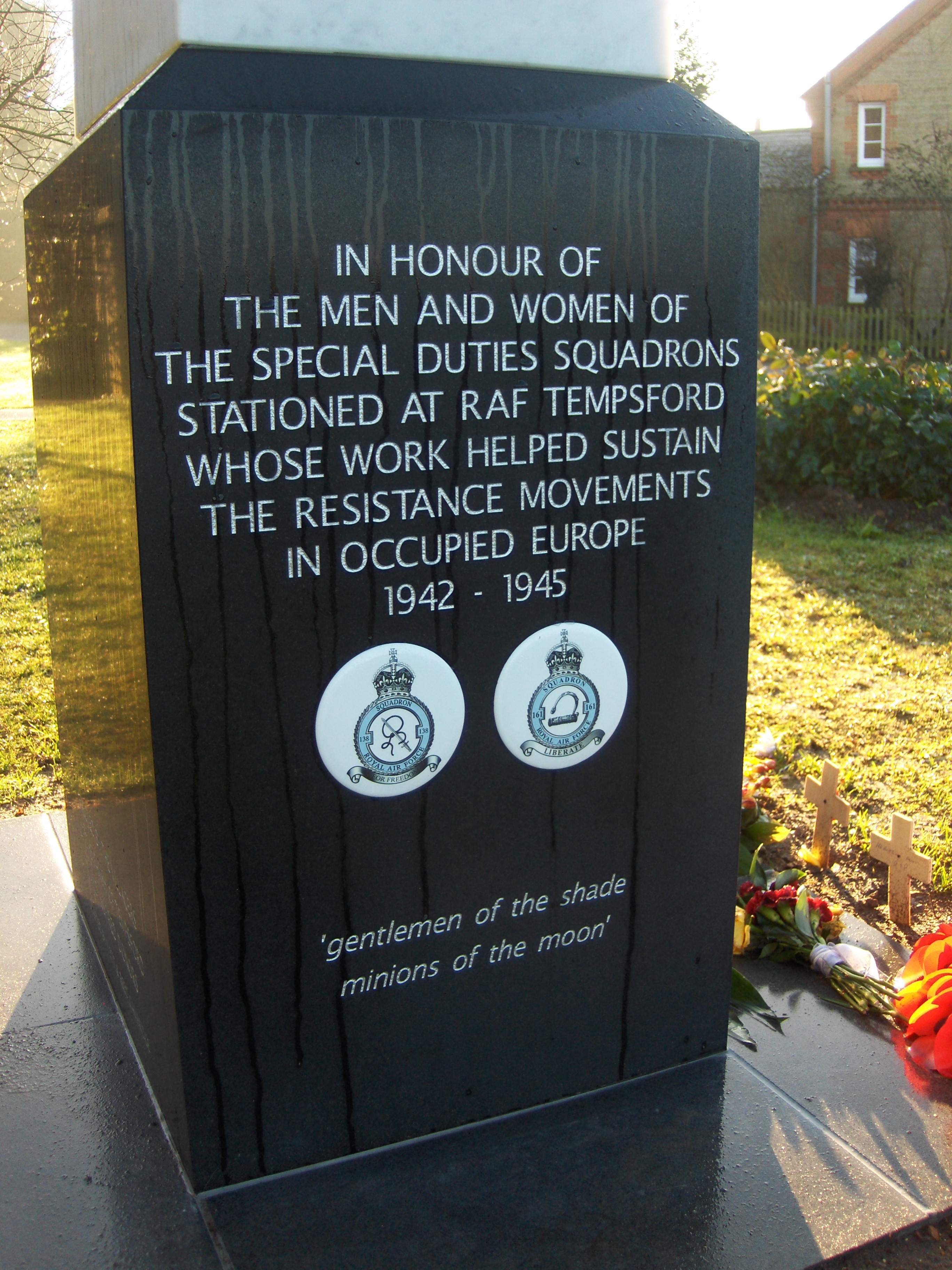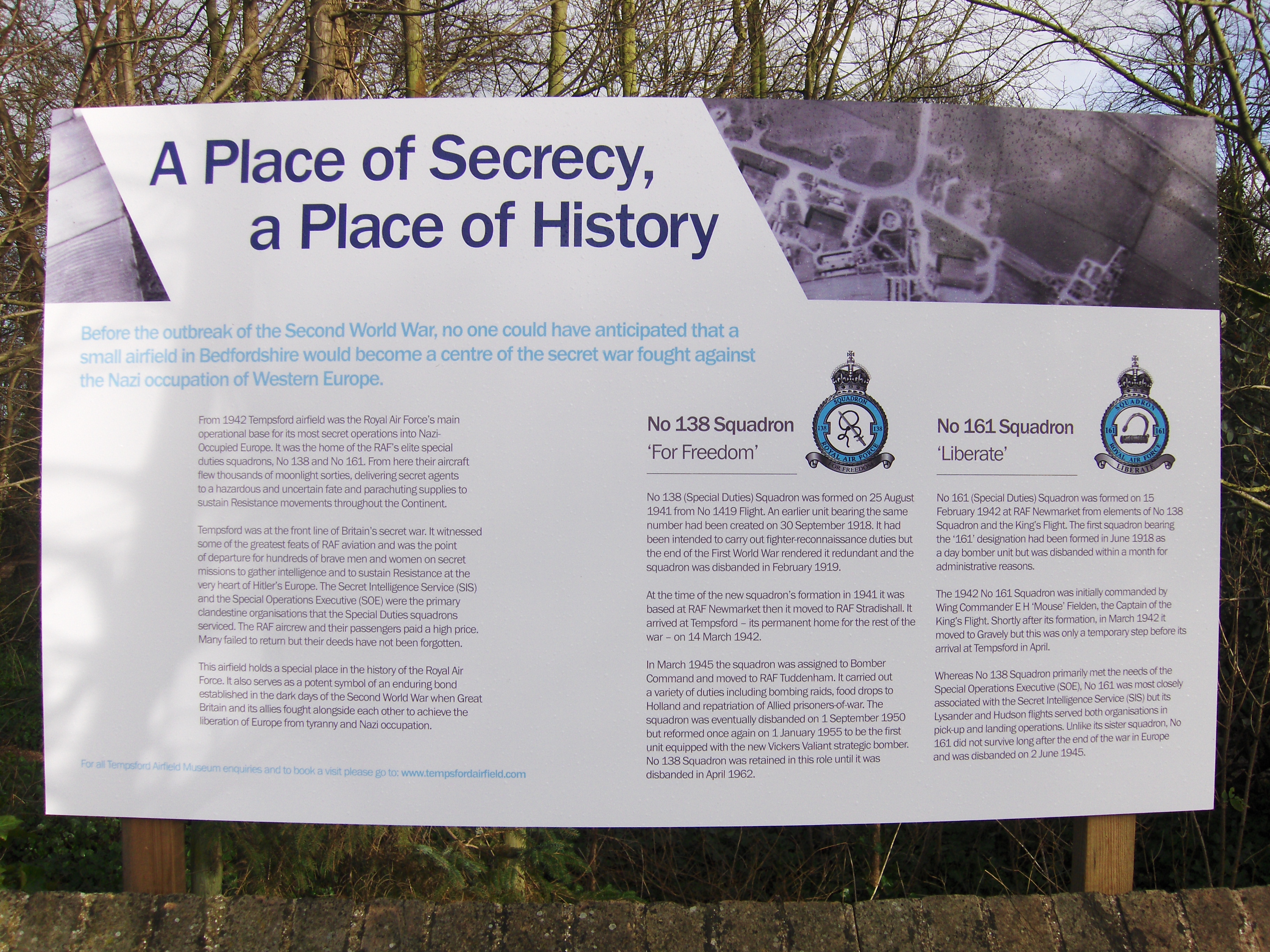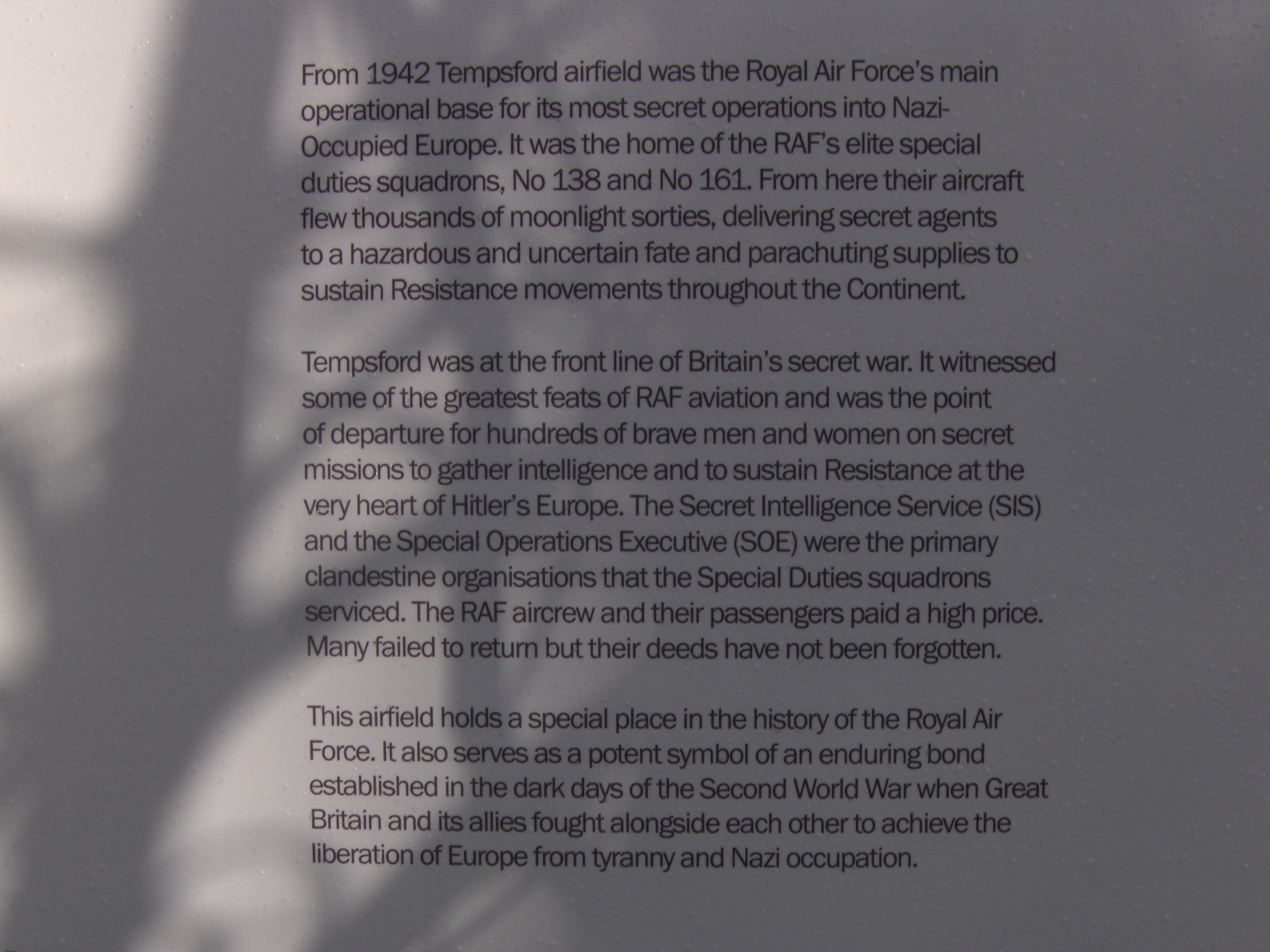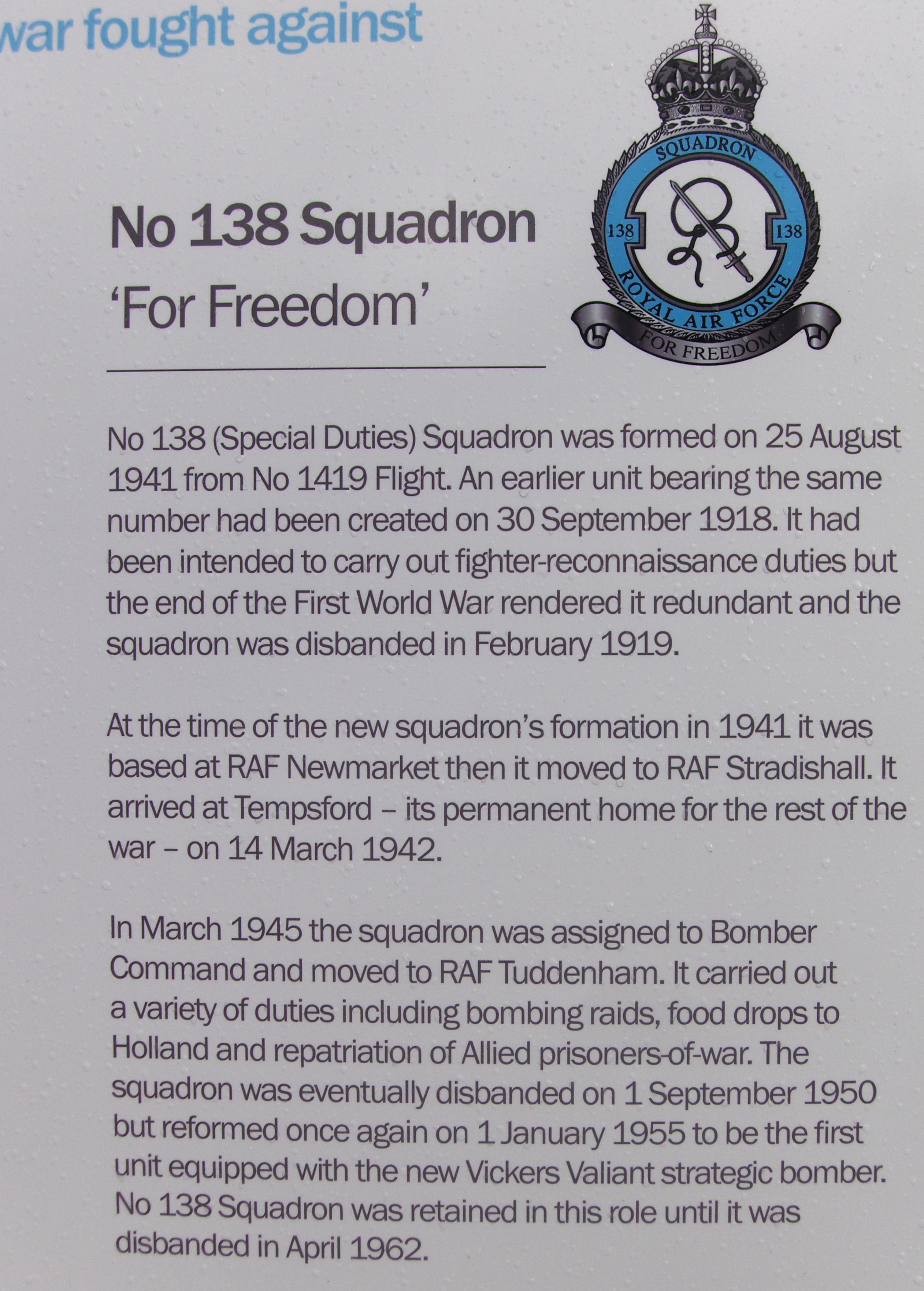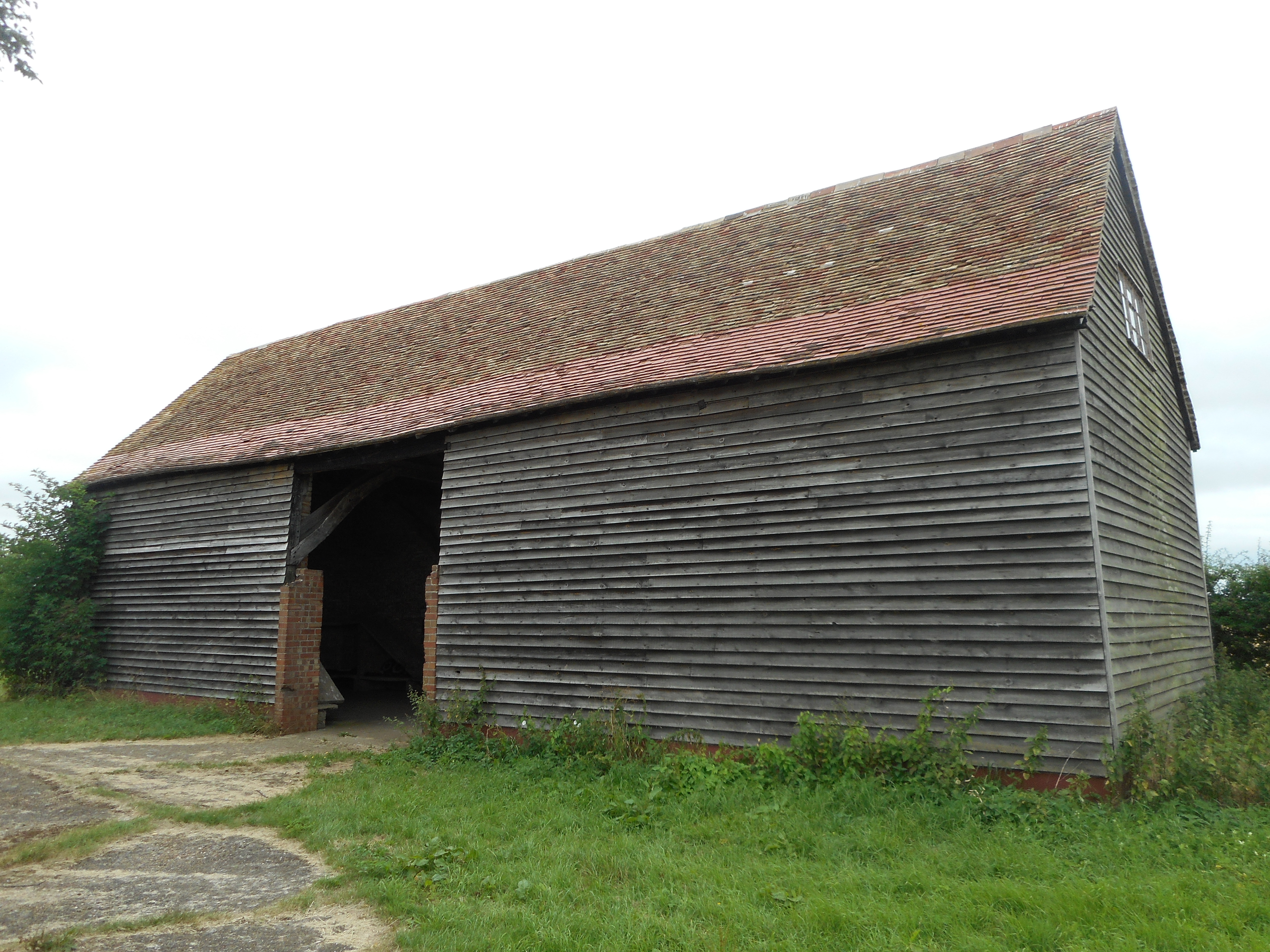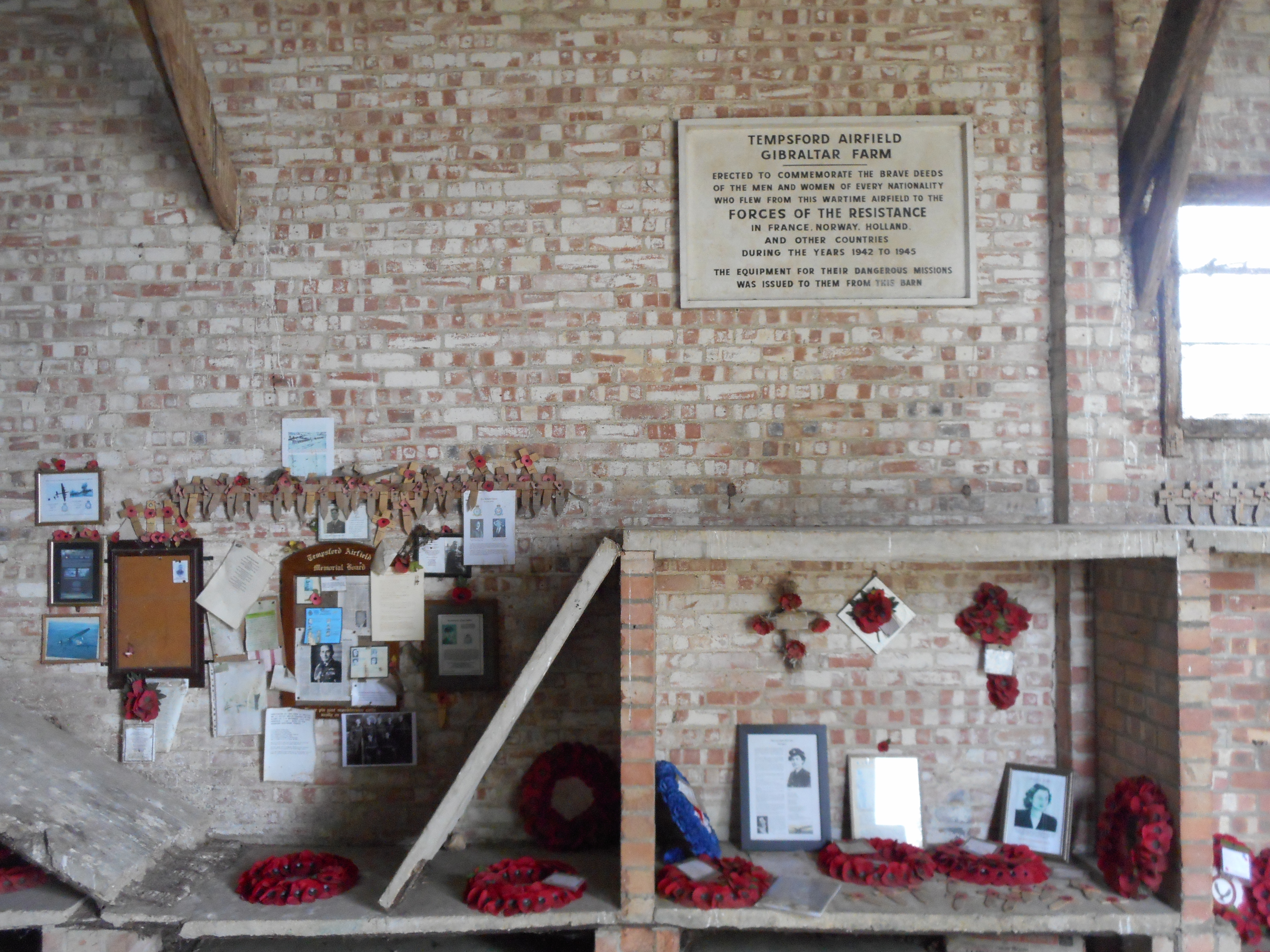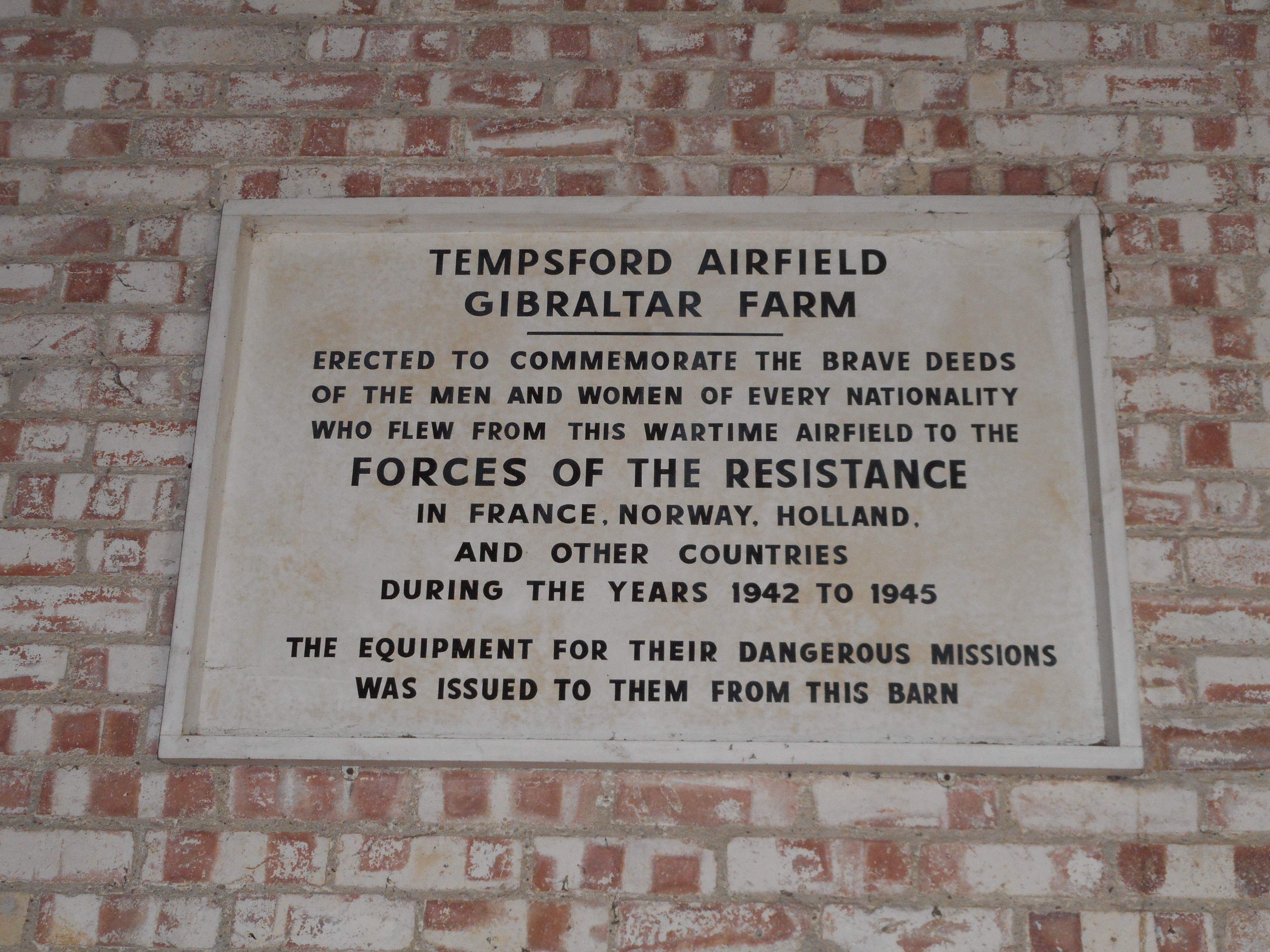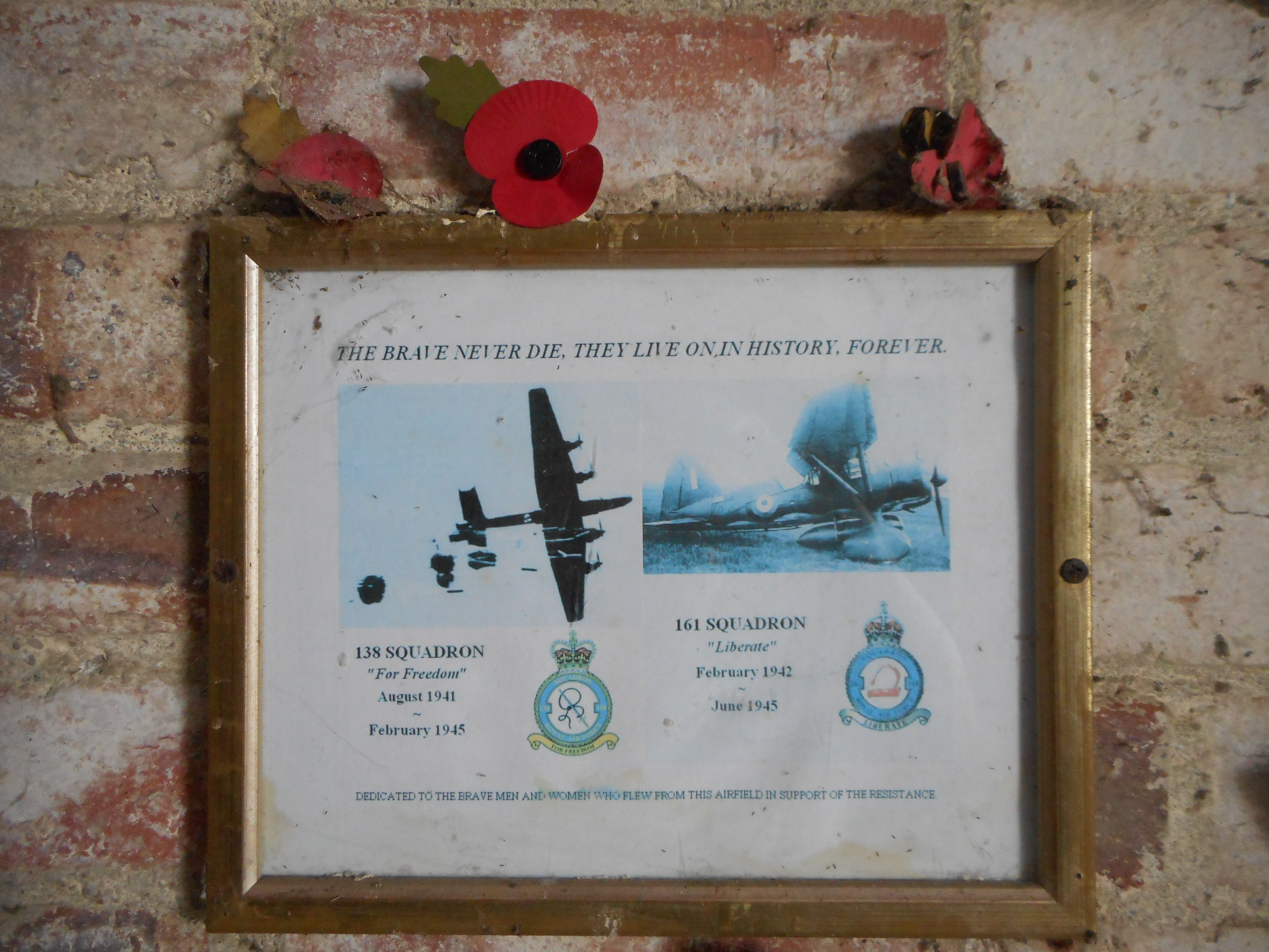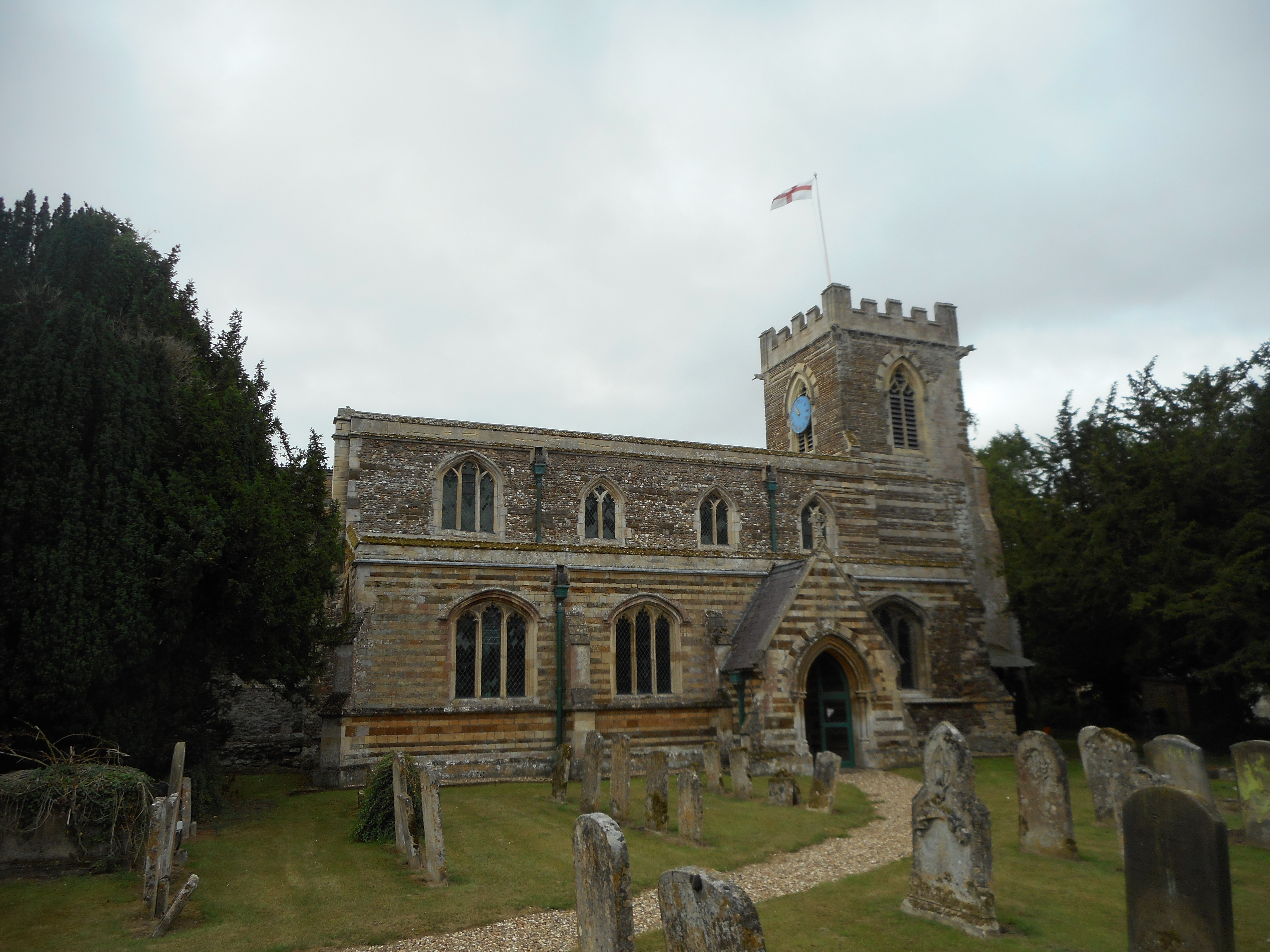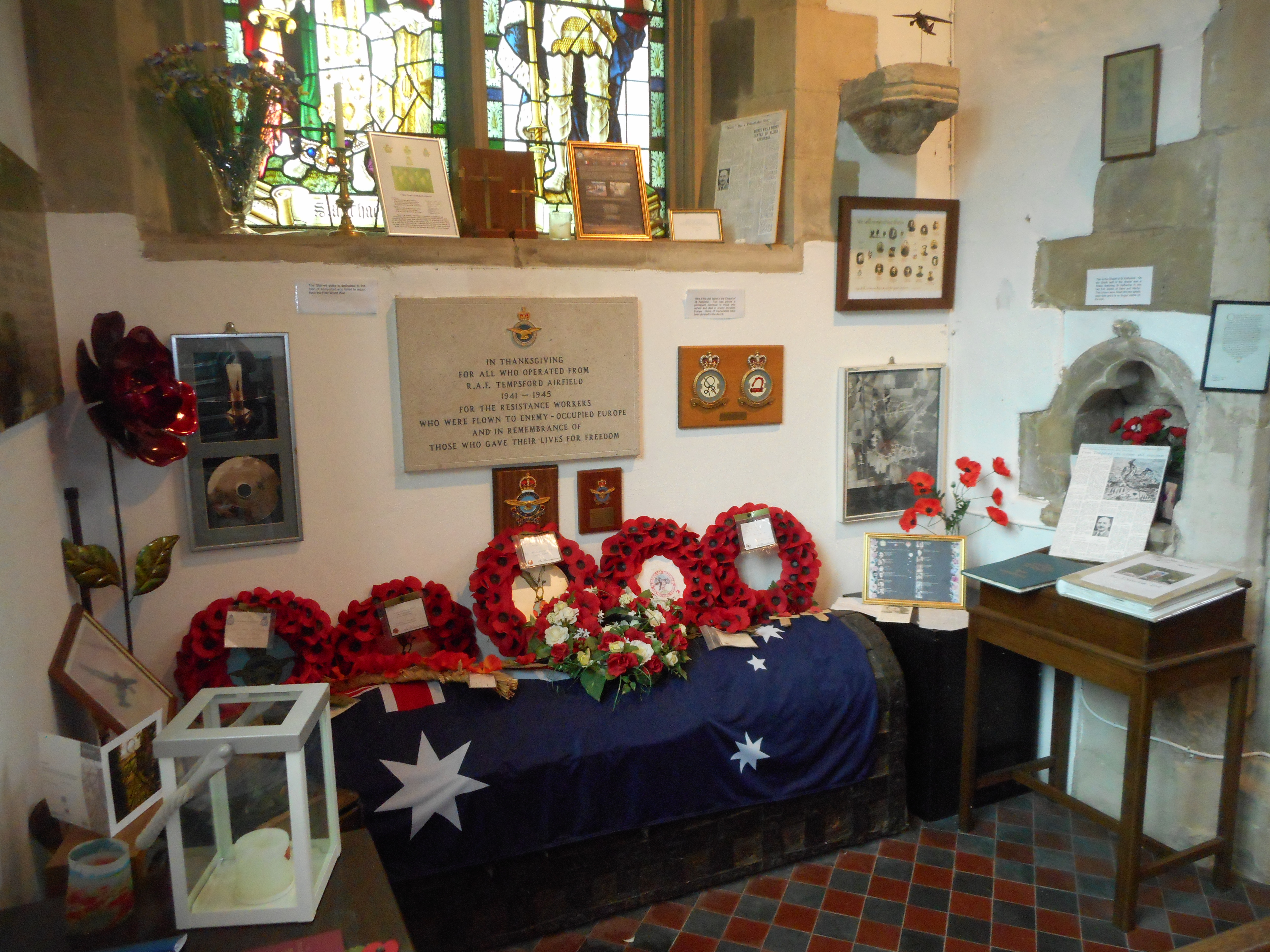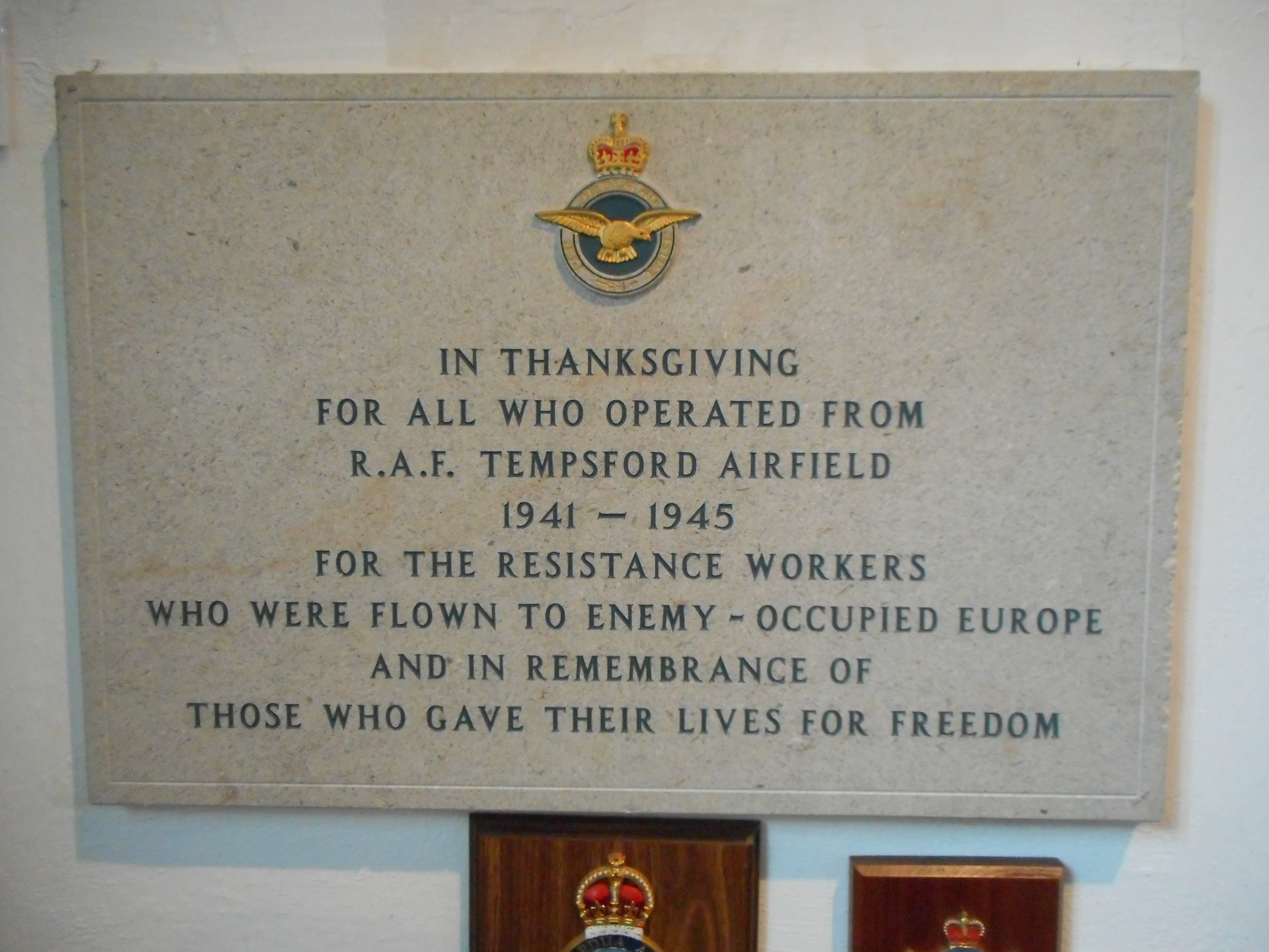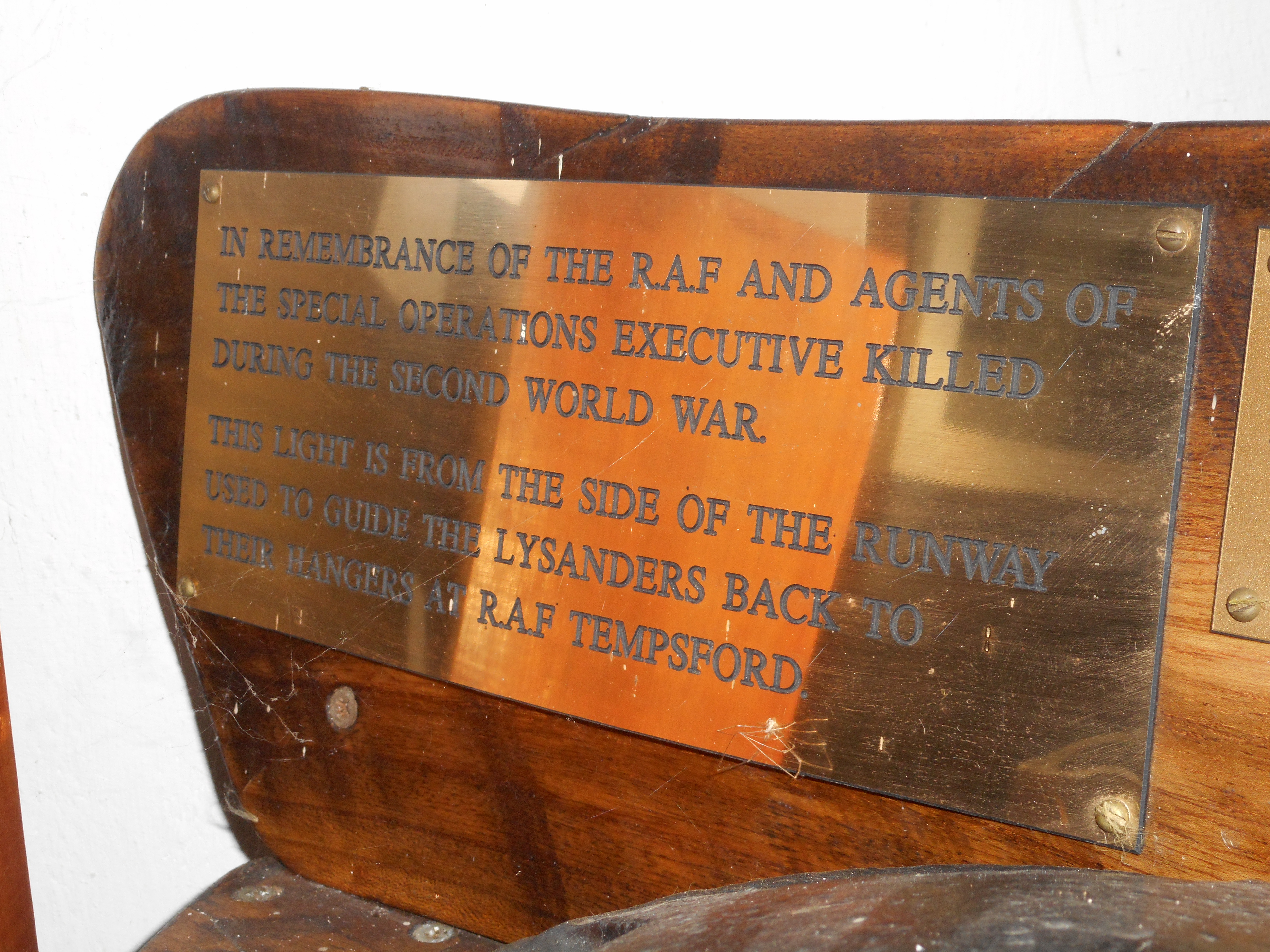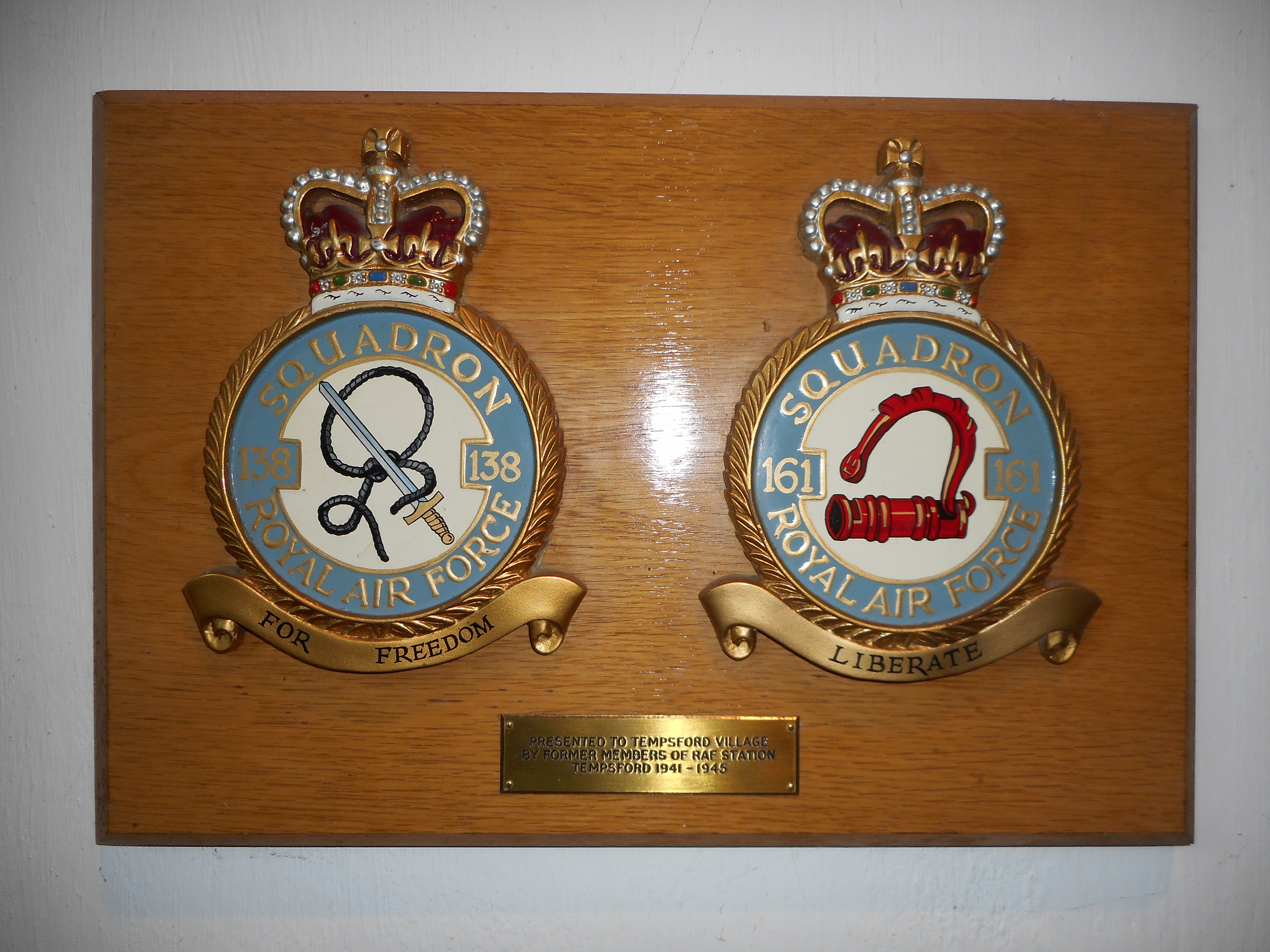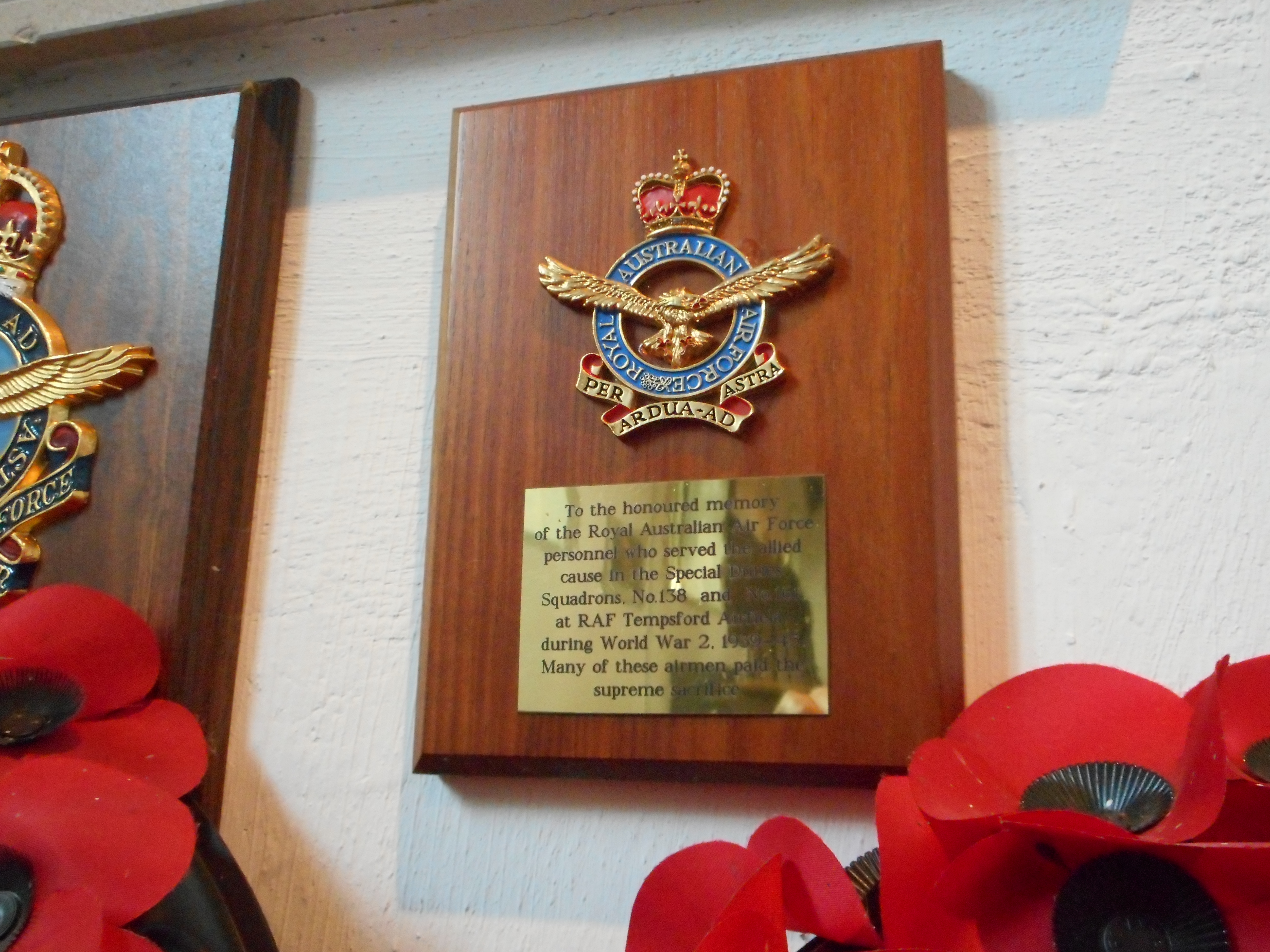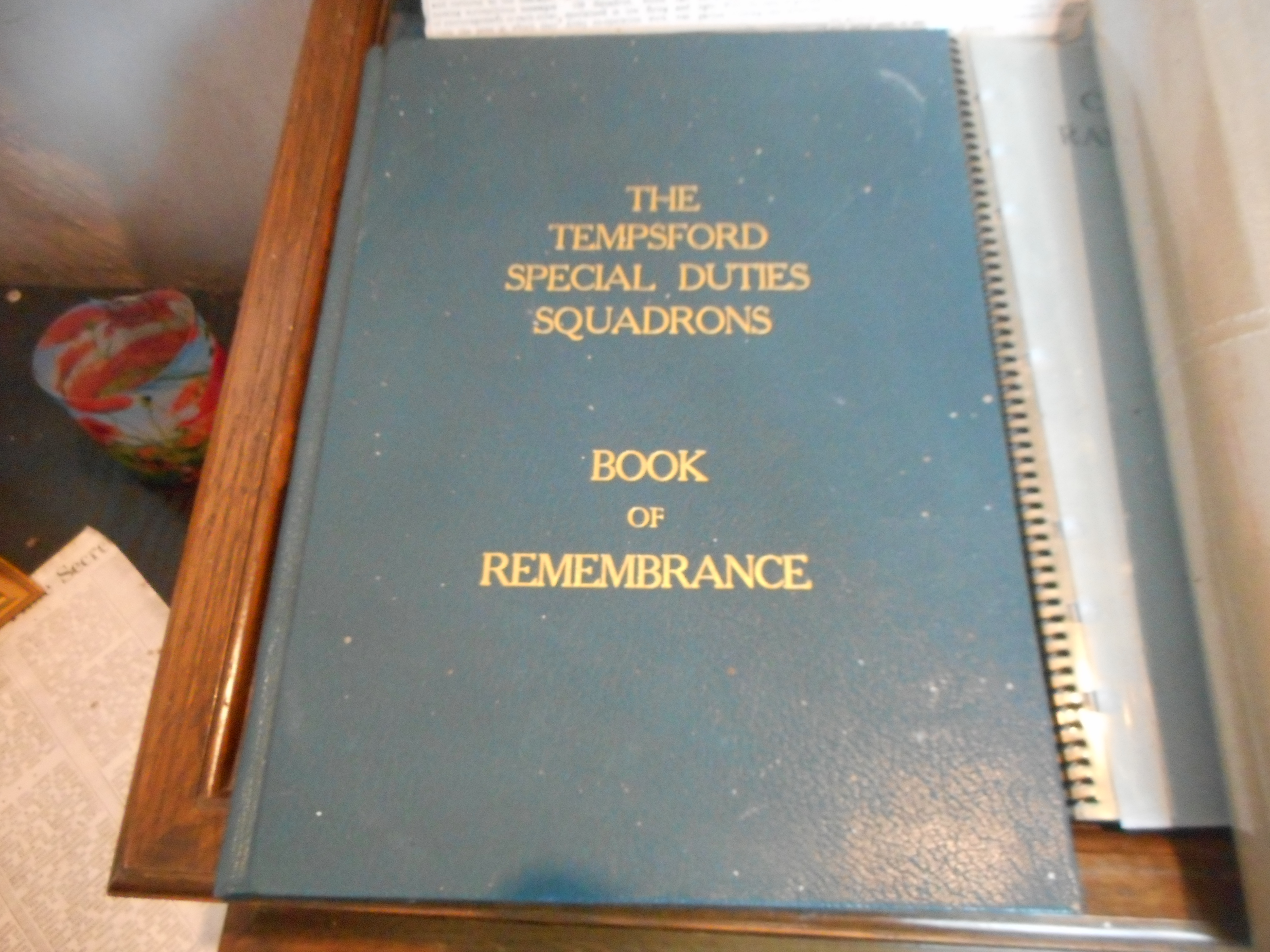Johnstone, Douglas Scott
Personal Information
| Rank | F/O |
| Forename(s) | Douglas Scott |
| Surname | Johnstone |
| Gender | M |
| Age | 22 |
| Date of Death | 08-06-1944 |
| Next of Kin | Son of Thomas Scott Johnstone and Gladys Mary Johnstone, of Mount Somers, Canterbury, New Zealand. |
Aircraft Information
| Aircraft | Handley Page Halifax V |
| Serial Number | LL306 |
| Markings | NF-R |
Memorial Information
| Burial/Memorial Country | France |
| Burial/Memorial Place | Veauville les Baons Churchyard |
| Grave Reference | Coll. grave. |
| Epitaph |
IBCC Memorial Information
| Phase | 2 |
| Panel Number | 190 |
Enlistment Information
| Service Number | 429344 |
| Service | Royal New Zealand Air Force |
| Group | 3 |
| Squadron | 138 (Special Duties) |
| Squadron Motto | For freedom |
| Trade | Air Bomber |
| Country of Origin | New Zealand |
Other Memorials
| Location | Village Green, Tempsford, Bedfordshire |
| Country | United Kingdom |
| Memorial Type | Stone Memorial with inscribed Marble Tablets |
| Memorial Text | In honour of the men and women of Special Duties Sqns stationed at RAF Tempsford |
| Location | "The Barn" Gibraltar Farm, Tempsford, Bedfordshire |
| Country | United Kingdom |
| Memorial Type | Inscribed Stone Plaque & Framed Scroll |
| Memorial Text | To commemorate the men and women of different nationalities who flew from RAF Tempsford to aid resistance forces in occupied Europe |
| Location | St. Peter's Church, Tempsford, Bedfordshire |
| Country | United Kingdom |
| Memorial Type | Inscribed Stone Tablet, Wooden Boards, Brass Plaques & RoH |
| Memorial Text | Remembering all those who flew from RAF Tempsford including those of the Royal Australian Air Force |
Miscellaneous Information
| An eye witness to the crash stated that the crew came under attack from a nightfighter and following a fire fight between the two aircraft there was a large explosion and Halifax LL306 fell to the ground. Russian prisoners were ordered to dig a grave in the middle of the field where the plane fell and the remains of the seven crew were at first buried in a collective grave. After several attempts the villagers of Veauville-les-Baons persuaded the local German Commander to permit internment in their churchyard. The funeral and a memorial service that followed was attended by large crowds with a great number of wreaths and flowers being laid on the grave. The inscription on the grave read: "ICI REPOSENT LES RESTRE DES AVIATEURS ANGLAIS TOMBES LE 8 JUIN 1944. R.I.P." |
| Douglas was born on the 19 November 1921 at Christchurch, New Zealand. Douglas’s father owned ‘Erewhon’ sheep station (Erewhon being ‘Nowhere’ spelt backwards). In the earliest days this rugged area was famous for its remoteness and its hardy stockmen/musterers. It is part of the ‘main divide’, string of mountains that separates the East Coast from the West Coast of the South Island of New Zealand. It still remains difficult country to manage, not only because of the terrain, but also because of the climate extremes and sudden weather changes that can occur. At the headwaters of the valleys are glaciers and the rugged peaks with permanent snow. It is where merino flocks grow some of the finest wool. This area (particularly Upper Ashburton Gorge) was used by Peter Jackson during the filming of The Lord of the Rings and has become a destination for tourists since then. Before enlisting Douglas was employed as a stock agent for Mesers. Pyne, Gould, Guiness Ltd., of Christchurch. Douglas also served as a corporal in the Christchurch territorials. Douglas enlisted on 30 July 1942 and after initial training was posted to Canada on 24 December. Shortly after his arrival at No. 3 "M" Depot, Edmonton, Alberta, Douglas was posted to No. 8 Bombing and Gunnery school at Letheridge. On 2 May 1943 he proceeded to No. 2 Air Observers school where on 11 June he was awarded his air bombers badge and commission to the rank of Flying Officer. On 28 June Douglas embarked from New York to England and on the 14t September he joined No.10 OTU and the crew at Abingdon. |
| Transcript of letter from S/L Holdcroft to Douglas's family (original posted herewith, noting that Lady Marchamley is thought to have been Douglas' aunt): 14.6.45 Dear Mr. Johnstone, Lady Marchamley may have written to you regarding my writing to her about Douglas. There is no news and it now assumed he lost his life on the 8th of June 1944. I am the executive chief on the Station and want, as one old enough to be Douglas’s father, and one who came into close contact with him, to pay my tribute to him. And yet I don’t know how to begin. Words fail, as fail they inevitably must, on these occasions, to bring back a loved one, but I want you to believe that Douglas was held here by us all in tremendously high regard and that he got on so well with everybody. I want this to comfort you and your wife and Helen and Ian, of whom I know. It was always obvious to me that he had plenty of loving care and attention; he always said so, if it wanted saying. He was happy here among very good friends – he looked happy indeed, with that happiness that can only come from the mind and heart of a contented soul. Of the many splendid ambassadors that New Zealand sent us, I consider Doug to be one of the best – always kind, considerate and charming to a degree. You will feel his loss. The heartache will always be there, but the pride also. You can be very proud of Douglas and I should like Helen and Ian to bear in mind that they could never have a better brother or know a finer man. That is a high and generous tribute to pay but it is meant fully by one who has often thought of him. I sat in the mess with him on his last night on earth – he had written you and was having a lemonade while I was having a beer. He looked perfectly fit and handsome, clear-skinned and clear-eyed. The sun was shining and we sat comfortably, each, I know, having high regard for the other, I having faced flying hazards in 1918 and he about to go on a mission to France, north of Limoges in the Department of Haute-Vienne. Our special job here, taking food and agents to beleaguered countries, meant marvellous navigation if we were to land our supplies in the dark in any one small field. That’s why Douglas was chosen, just because he was an ace navigator and because he could do the job better than most others. I can bring you no comfort. I wish I could but it is beyond me. He must have been a good and noble son and brother who was never any trouble and who could never have caused you a moment’s anxiety. To you and Mrs. Johnstone and the children I want to tender my deepest sympathy, my best wishes and my fierce pride at having known a great lad of high endeavour and consummate achievement who died before he knew what the purpose of life was. Yours most sincerely, G. J. Holdcroft. |
Commonwealth War Graves Commission
Fellow Servicemen
Please note that this list gives all the losses aboard the quoted aircraft and occasionally these may have occurred on an earlier date when the aircraft was not itself lost. Please check the dates of death carefully.
Last Operation Information
| Start Date | 07-06-1944 |
| End Date | 08-06-1944 |
| Takeoff Station | Tempsford |
| Day/Night Raid | Night (98% moon) |
| Operation | Special Intelligence Services- Operations Periwinkle and Walt 3, for France |
| Reason for Loss | Crashed at Veauville-les-Baons, NNE of Yvetot, France |
